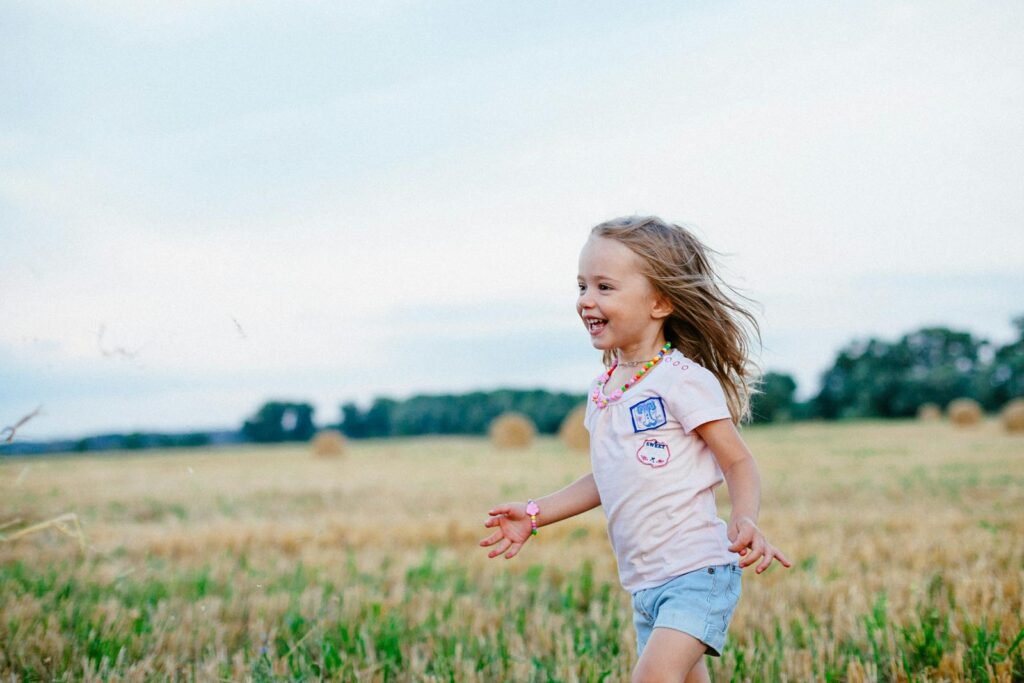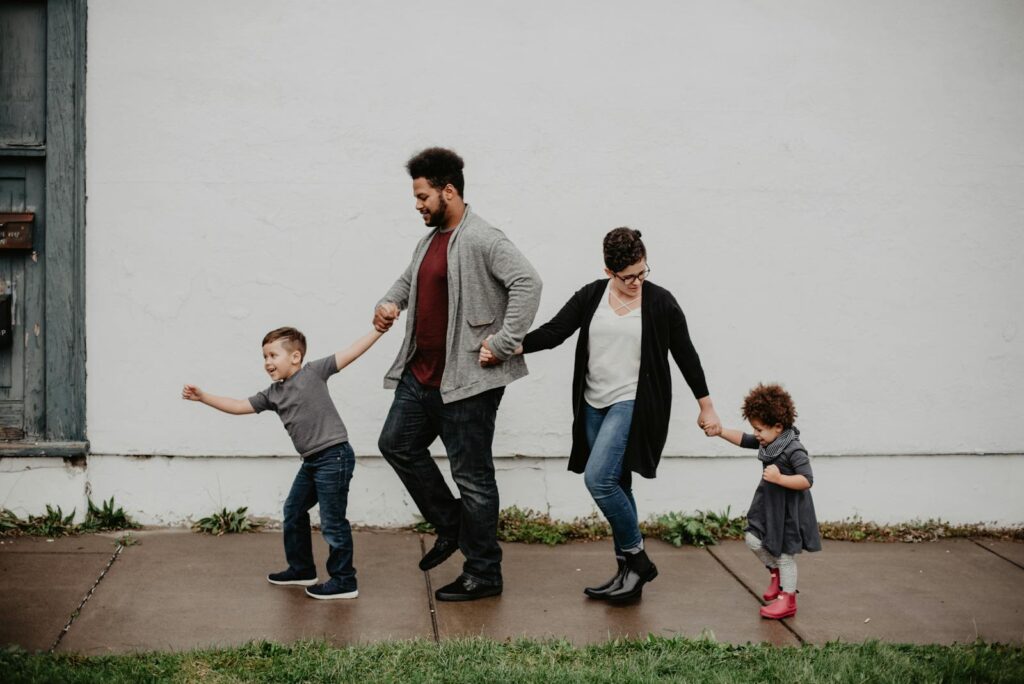
Parenting now feels like a rulebook constantly changing. We pour ourselves into raising kids. Give them everything we think they need, maybe things we lacked. We juggle work, school, activities, healthy food, and constant worry. We hear statistics and see headlines everywhere. You just wonder sometimes, in this instant world. Are we even sure what a good childhood looks like? This question resonates deeply now. Kids experience so much change compared to our growing-up years.
Think back on your own childhood. Or maybe your parents’ time. If you’re like me or many I know. Especially older millennials among us. There is probably a memory involving a bike and a neighborhood street. And a group of kids was with you. We were often part of a roaming pack then. Fueled by sunshine and maybe a shared pack of trading cards. Hours spent outside, figuring things out. Playing kickball against a garage door or just exploring the world. A key part, often overlooked today, was age diversity in groups. It wasn’t only kids your exact age playing. Older kids were there, and younger ones too. All mixed together, learn from each other freely. Older ones look out for the younger kids as well. Younger ones learned how to get along. They watch kids just a few years ahead of them.
This wasn’t only happenstance. It reflects an older, perhaps more basic way. A way children were raised for years. Developmental psychologists studying hunter-gatherer societies note something. Mothers didn’t supervise kids every second like now. The children were off playing with other kids happily. A mixed-age group where safety and learning happened naturally. It’s about giving a secure home base first. The parents offer this safe place. So the child feels safe enough to go explore further gradually. This exploration, this unstructured play period. That’s where crucial development happened freely. Far from direct parent supervision being needed all the time.
Contrast that with a major shift starting. Notably, in the 1990s. This was the decade many people remember. Despite crime rates actually plummeting nationwide. We collectively started fretting intensely about child abduction.
And danger around every corner seemed lurking. Suddenly, letting your kid walk to the corner store alone felt risky. Even wandering a different aisle in the supermarket felt dangerous. The narrative shifted from trusting neighbors.
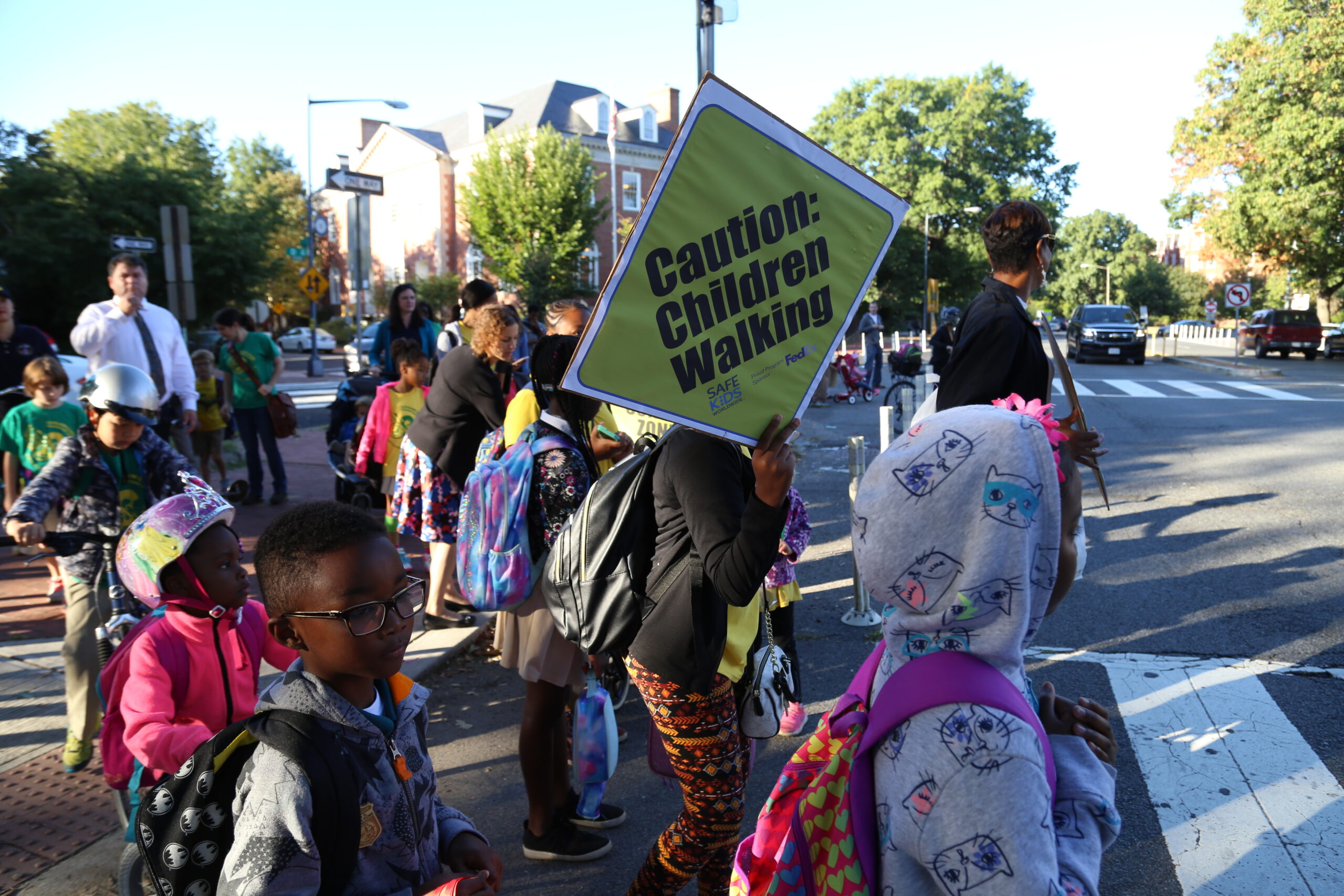
The community to supervise kids was gone. Pulling children closer always became the goal. In direct line of sight of parents at all times. Robert Putnam’s work on losing social capital seems important here.
We stopped trusting if our kids played outside. Other adults would step in if help was needed sometimes. This had profound effects on everyone. Not just kids losing exploration space.
Or peer-led social learning opportunities. But also on parents, many mothers especially. They took on a much larger load. Often an exhausting burden of constant watching. Even while increasingly working outside the home too.
It is fascinating, and maybe a little startling, to study this data. In hours, both men and women spent directly. In direct parenting time starting in the 90s. In the 50s, 60s, 70s, and 80s periods. Even with larger families in those times. And women were less likely to work outside the home then. Parents spend significantly less quality time with their kids. This was not because they cared less about them. But because childhood was structured differently for everyone. The work of brain development happened mostly during peer interaction. And independent playtime was key. The parent’s role was viewed more simply. Providing a secure attachment and moral frameworks. And a home base was the main thing. Rather than being the primary playmate. Or the social director for kids.
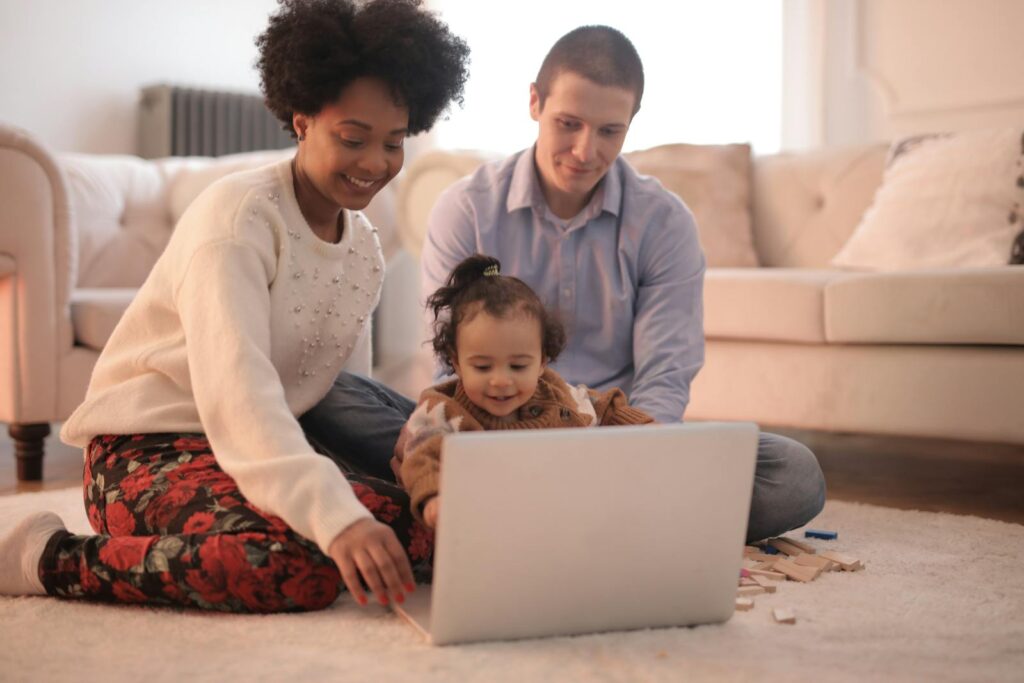
And then the screens appeared. While early television existed before then. It wasn’t the constant, always-on presence it is today. Shows for children were scheduled on TV. Saturday mornings were the big deal for many kids. The introduction of channels like Nickelodeon changed this system. Offering programming for kids for much longer periods each day. The arrival of game consoles like Nintendo in the late 80s marked another point. These technologies, though simpler than later ones. They began offering intense entertainment readily available. As one person put it clearly. They made it possible to put something on the TV. At any second it would entertain a child intensely and easily.
Early video games were engaging but often single-player. Or require friends to be physically present next to you. There was still a social element present. Even taking turns or offering advice sometimes. You would play for a bit together. Then maybe go outside or do something else later. There wasn’t anything inherently harmful about that setup. That shared, limited engagement wasn’t bad. But the digital environment didn’t stand still at all. It evolved rapidly, becoming super interesting. Constantly available everywhere now. And deeply personalized for each kid. The real game-changer, the one often pointed at as the turning point. Came with widespread high-speed internet adoption. And smartphones became common for everyone.
This time period is roughly in the 2010–2015 range. It is described as a ‘great rewiring’ moment. Flip phones were swapped for smartphones rapidly. High-speed internet became commonplace at home. Suddenly, the online world was easily accessible everywhere. Available to kids all the time now. This helped the explosion of multiplayer games. And critically, social media platforms for young people. This is the period when indicators of adolescent mental illness start rising. Anxiety, depression, and feelings of worthlessness went up quickly. After decades of relative stability, these things changed. It wasn’t a slow, gradual increase that was seen. It was a sudden, alarming spike happening fast.
The contrast in how kids spend their time is stark. Instead of roaming the neighborhood freely. Navigate social dynamics in mixed-age groups. Climbing trees or playing imaginative games is hard. Games needing negotiation and physical activity for the body. Kids were increasingly spending hours online each day. And the nature of online engagement differed greatly. It differed significantly based on gender differences. Boys might play multiplayer games. Still experiencing synchronous interaction and shared laughter sometimes. Even if not always in the same physical room together. Girls were often on platforms like Instagram. Each alone on their own account mostly. Their interaction might involve liking posts only. Reacting to memes, perhaps. But it often lacked the deep, shared laughter. And complex social negotiation is needed. Negotiation that happens during face-to-face play usually.
This brings us back to the fundamental question about childhood. What is childhood really for us? From an evolutionary view, childhood is the time. When our big, complex brains wire themselves up properly. To be functional adults later on. It’s a plastic period easily shaped. Where incoming experiences shape who you become finally. Neuroscientists have a saying everyone uses. Neurons that fire together, wire together tight.‘ If you repeatedly do activities like climbing trees. Or playing games needing strategic thinking. And physical coordination skills are needed. Your brain builds systems that make you good at that stuff. But if you repeatedly swipe, tap screens constantly. And respond to emotionally stimulating online content. Your brain is going to wire itself to do that specific thing.
By age five, a child’s brain has already reached 90% of its adult size. And it has more neurons than it will have later. This highlights critical importance easily. Of early experiences shaping brain architecture correctly. Childhood play isn’t just ‘fun,’ like a means to an end. Preparing for adulthood is part of it naturally. Though it is that important part too. It’s also just what a good childhood is, simply. The problem comes when these two things don’t match. The fun part and the effective-for-adulthood part. And many people argue strongly. The modern, screen-saturated, over-supervised childhood fails. It fails on both these counts badly. It might offer moments of intensely engineered fun sometimes. But it might not provide experiences needed. Necessary for robust mental and social development later on.
Parents today feel immense pressure constantly. To provide ‘quality time’ with kids. Believing the amount of supervised interaction is a measure of good parenting. But this perspective might be flawed somehow. While a warm, trusting, loving parent relationship is essential. It is the secure base every child truly needs. The real work of brain development. And learning how to navigate the world daily. It doesn’t happen when you sit doing an activity. Structured activity with your parent helping. It happens when you are out there experiencing. Exploring, interacting with peers often. Facing challenges by yourself sometimes. And learning resilience needed for life. Often outside the direct adult gaze too.
The shift in the 90s was driven by fear and trust loss. Pulled kids indoors and under supervision always. The later explosion of engaging screen technology. Readily available, it offered a convenient alternative to outside play. Seemingly a safe alternative for parents, then. If you cannot let kids roam free outside. Putting a screen keeps them occupied easily. And ostensibly, safe from perceived dangers. But this trade-off, it seems, has come. At a significant cost to their development, they suffered. And well-being negatively impacted. Fundamentally changing experiences are needed. Experiences that wire a child’s brain effectively. Needed for the complexities of adult life today.

Raising kids today feels much like you’re sailing without a compass. We get overwhelmed by many numbers, like grades and test scores. Participation in after-school activities also counts towards success metrics. Even avoiding problems like drugs is measured by society. These things matter; naturally, you always want children to do well. But many kids ticking these boxes still feel empty inside. Experts notice kids seem successful yet are least flourishing. They get good grades but feel very anxious often. A disturbing meaninglessness affects many young people. It makes you just pause and think for a minute.
If kids aren’t flourishing, what goal are we actually pursuing anyway? This difficulty highlights a bigger issue in modern living. We lost faith in defining a good person beyond things you can measure. Everything seems to be turned into social science measurement methods. If a behavior isn’t chart-linked to harm, we lack words. We can’t just say something feels wrong, perhaps. Saying this is bad feels difficult without proof sometimes. Maybe some things were once understood differently long ago.
Talking about teen girls online shows this very perfectly. One social psychologist noted girls posting pictures endlessly feels wrong. Getting rated by others seems inherently detrimental to their self. This activity encourages managing a personal brand constantly. It makes you think about yourself excessively often. Even without studies linking it to anxiety, there are issues. Doesn’t this run contrary to virtue, like humility or connection? Saying this simply feels like judging someone’s morals. Judging without lots of data feels insecure for parents. Society feels this insecurity about moral stands too.
This insecurity isn’t just about modern technology at all. It seems tied to losing our shared moral understanding today. Historically, societies had stronger ideas about virtue and purpose. These traditions often came from religion or culture shared broadly. They gave context, helping parents raise their kids properly. What kind of people they raised mattered, not just grades. As frameworks weaken, parenting can feel quite lost. Defaulting to easy metrics or just keeping kids happy happens. That story of a tutor pleasing a pampered child shows this. Prioritizing happiness over guidance has long-term consequences often. Kids can become ill-equipped for challenges later in life. True parenting actually means guiding, not just spoiling them anyway.
Raising children inside a strong moral order gives them a place. It provides a sense of meaning they understand. Morality gives a guide for complex situations daily. Like language, morality is a system everyone shares. It works best when it is a collective understanding widely held. When this shared system turns into many fragments, kids lack a compass. They are surrounded by amoral or immoral digital spaces. Older stories had morals; the modern online world doesn’t. Data shows many high school seniors feel life is useless. This troubling indicator suggests normlessness for many people today. Avoiding problems alone is not sufficient for kids to flourish.
Kids need purpose and connection deeply. Focusing on grades and superficial niceness doesn’t provide much. This difficulty goes beyond simply raising kids alone. We see resistance to judging things against the market. If demand exists for something, market logic often says, Allow it. This includes gambling and some cryptocurrency products existing. Even hyper-potent marijuana products face minimal resistance. This isn’t confined to one political viewpoint only. It seems a broader shift where capitalism’s logic dominates. Historically, market logic was balanced by other forces strongly. Religious traditions always pushed back against profit and pleasure. Strong community norms provided needed friction too often. These counterforces weakened the losing balance in the system.
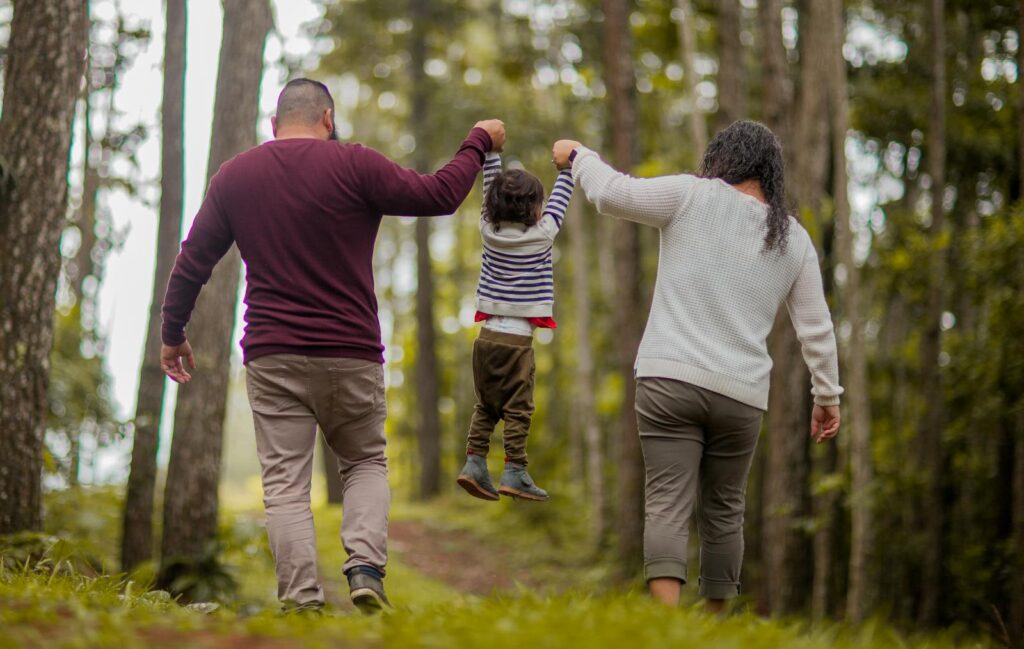
Capitalism’s greatness is making things more interesting for people. It makes items potent, seductive, and very alluring always. This can be good for innovation sometimes. But it becomes risky when tapping our vulnerabilities, you see. It exploits tendencies we have that are addictive. We moved from finding sugar to accessing lots easily now. The same applies to entertainment and online connection always. Friction between innate wants and satisfying them reduced greatly. What took effort before is instantly available these days. You can find it anywhere with just a few taps quickly.
This loss of friction harms young children most of all, often. Adults can largely make choices they desire mostly. But developing children really need that friction present. They must learn to delay gratification for things. Kids need to work for achieving their goals, you see. Activities challenging them require perseverance and effort. Technology makes opting out of hard things very simple for them. It provides endless low-friction stimulation quite easily. A core idea needing reclaiming is the childhood versus adulthood difference. What is okay for adults is often disastrous for child growth. Learning how to live takes friction many times over.
The argument often heard states technology is staying here. Kids must use it sometime, they say later. So they might as well learn using it now, perhaps. This resignation often feels like the biggest obstacle to change. But that perspective misses a very crucial point totally. The issue isn’t technology itself existing right now. It is how we use it and when it is introduced. What kind of engagement it fosters matters greatly also. This is crucial during brain development periods of kids. We don’t give toddlers limitless sugar drinks. Their developing bodies have different needs right now. Developing brains are no different in their needs either. They need experiences wiring them for resilience and deep connection often. Focused attention and real-world navigation skills are needed. Not just rapid swiping, responding to fragmented stimuli constantly.
The challenge for parents and society involves many things. Move beyond the metrics mindset, only you see. Reclaim purpose in fostering robust human beings always. They must be well-adjusted and morally grounded citizens. This requires confidence in making judgments freely. Say no because it feels intuitively wrong, you see. Not just because a study proved something harmful existed. It is wrong for the healthy development of the child anyway. This is for the kind of person we hope kids become. Role isn’t just safety and academics on a chart. Guide them in building character and finding true meaning. Help them navigate life with the integrity and resilience needed. Rediscover what a good childhood looks and also feels like. Provide that for our kids even when it is hard work. It goes against market currents sometimes today. Be a parent firmly and lovingly for them. Refuse to pamper or just entertain your children always.
Related posts:
‘Parents, stop pampering your kids’: Rs 5,000 crore Thyrocare founder shares real story about a rich kid he gave home tuitions
Opinion | ‘Our Kids Are the Least Flourishing Generation We Know Of’
18 Stories By Rich Parents Who Cut Off Their Kids

